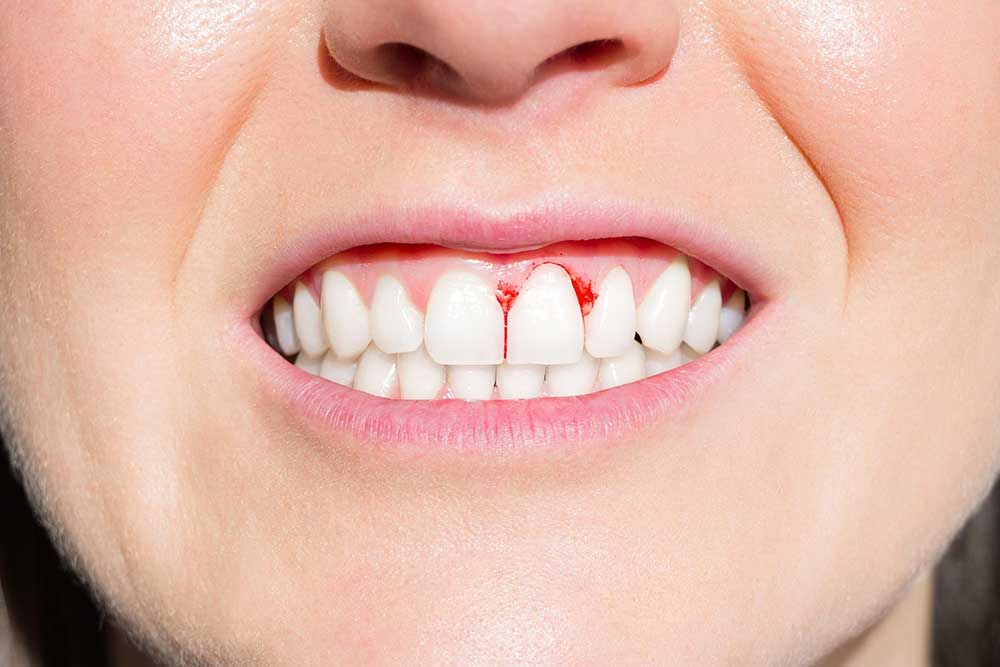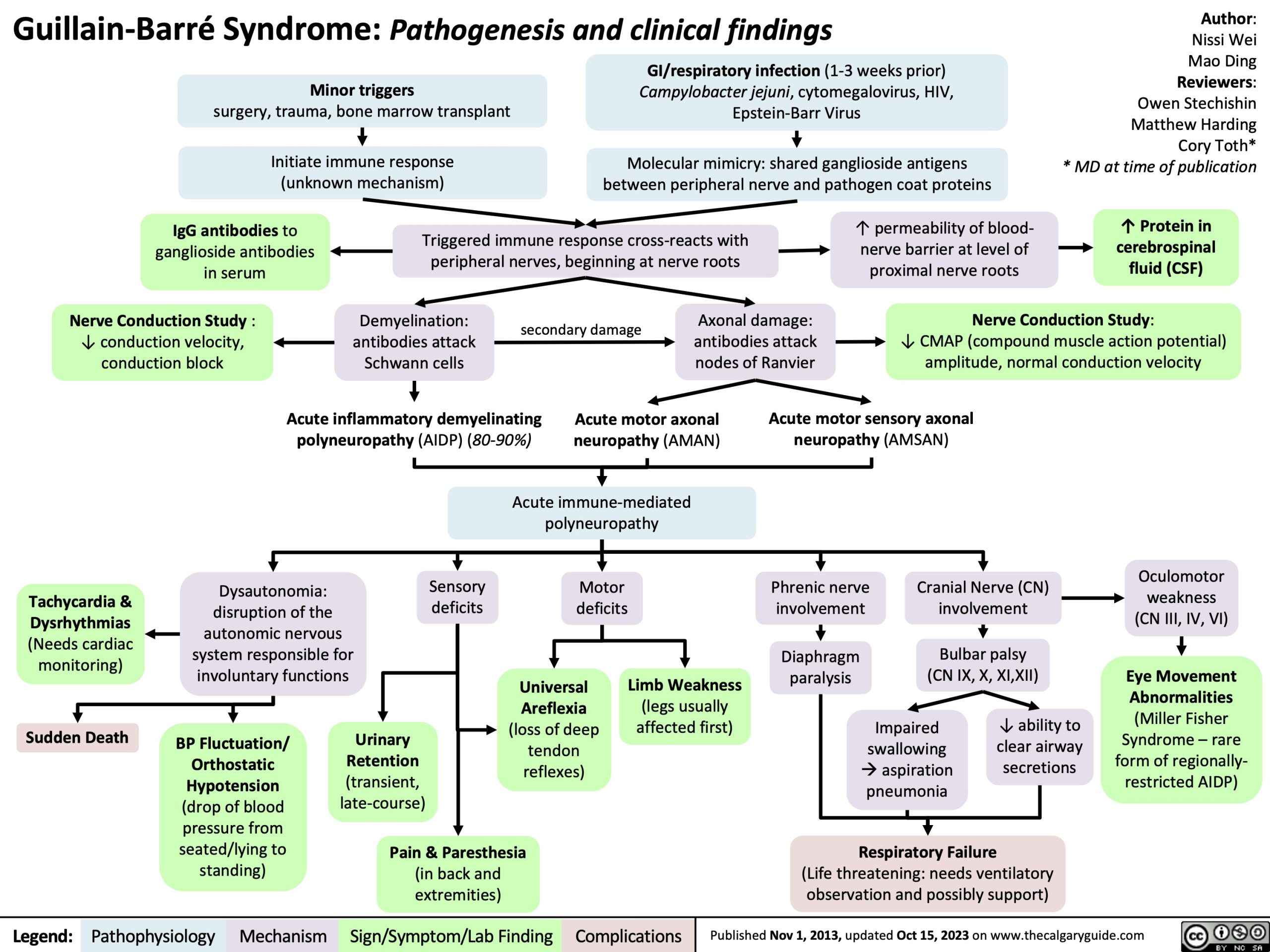Why Bleeding Gums Happen? Fix Flossing Issues

Bleeding gums, also known as gingivitis, is a common issue that affects millions of people worldwide. It’s characterized by red, swollen, and tender gums that bleed easily, often during brushing or flossing. But why do bleeding gums happen, and how can we fix flossing issues to prevent this problem?
Understanding the Causes of Bleeding Gums
To address the issue of bleeding gums, it’s essential to understand the underlying causes. Poor oral hygiene is the primary cause of bleeding gums. When plaque, a sticky film of bacteria, accumulates on teeth, it can irritate the gums, leading to inflammation and bleeding. Other factors that contribute to bleeding gums include:
- Poor Flossing Technique: Flossing is an essential part of oral hygiene, but if not done correctly, it can cause more harm than good. Using too much force or flossing too aggressively can damage the gums, leading to bleeding.
- Gingivitis: This is a mild form of gum disease that causes inflammation and bleeding of the gums. Gingivitis is often caused by poor oral hygiene, but it can also be triggered by other factors such as hormonal changes, smoking, or certain medications.
- Periodontitis: This is a more advanced form of gum disease that can cause bleeding gums, bad breath, and even tooth loss. Periodontitis is often caused by a combination of poor oral hygiene and other factors such as genetics, smoking, or certain medical conditions.
It's essential to note that bleeding gums can also be a sign of an underlying medical condition, such as diabetes, anemia, or a vitamin deficiency. If you're experiencing persistent bleeding gums, it's crucial to consult with your dentist or doctor to rule out any underlying health issues.
Fixing Flossing Issues
Flossing is a critical part of oral hygiene, but it can be challenging to do it correctly. Here are some tips to help you fix flossing issues and prevent bleeding gums:
- Use the Right Flossing Technique: Instead of using a sawing motion, try using a gentle zig-zag motion to guide the floss between your teeth. This will help you remove plaque and debris without damaging your gums.
- Choose the Right Floss: There are many types of floss available, including waxed, unwaxed, and interdental floss. Experiment with different types to find one that works best for you.
- Floss Regularly: Flossing once a day can help prevent bleeding gums and promote healthy teeth and gums.
Step-by-Step Flossing Guide
- Take a piece of floss and wrap it around your middle fingers, leaving about an inch or two of floss in between.
- Gently guide the floss between your teeth using a zig-zag motion.
- Curve the floss around the base of each tooth, making sure to go beneath the gum line.
- Use a new section of floss for each tooth to prevent the spread of bacteria.
Preventing Bleeding Gums
Preventing bleeding gums requires a combination of good oral hygiene habits and regular dental check-ups. Here are some additional tips to help you prevent bleeding gums:
- Brush Your Teeth Regularly: Brushing your teeth at least twice a day can help remove plaque and prevent gingivitis.
- Use an Anti-Plaque Mouthwash: Using a mouthwash that contains antibacterial ingredients can help kill bacteria and prevent gingivitis.
- Eat a Healthy Diet: Eating a balanced diet that’s rich in fruits, vegetables, and whole grains can help promote healthy teeth and gums.
Pros and Cons of Different Flossing Tools
| Tool | Pros | Cons |
|---|---|---|
| Traditional Floss | Inexpensive, easy to use | Can be time-consuming, may not be effective for tight spaces |
| Interdental Floss | Designed for tight spaces, effective for removing plaque | May be more expensive, can be difficult to use for some individuals |
| Floss Picks | Easy to use, convenient | May not be as effective as traditional floss, can be more expensive |

Conclusion
Bleeding gums are a common issue that can be prevented and treated with good oral hygiene habits and regular dental check-ups. By understanding the causes of bleeding gums and fixing flossing issues, you can promote healthy teeth and gums and prevent more serious dental problems. Remember to brush your teeth regularly, use an anti-plaque mouthwash, and eat a healthy diet to keep your teeth and gums healthy.
FAQ Section

What is the best way to prevent bleeding gums?
+The best way to prevent bleeding gums is to practice good oral hygiene habits, including brushing your teeth at least twice a day, flossing once a day, and using an anti-plaque mouthwash. Regular dental check-ups can also help prevent bleeding gums.
Can bleeding gums be a sign of an underlying medical condition?
+Yes, bleeding gums can be a sign of an underlying medical condition, such as diabetes, anemia, or a vitamin deficiency. If you’re experiencing persistent bleeding gums, it’s essential to consult with your dentist or doctor to rule out any underlying health issues.
What is the difference between gingivitis and periodontitis?
+Gingivitis is a mild form of gum disease that causes inflammation and bleeding of the gums, while periodontitis is a more advanced form of gum disease that can cause bleeding gums, bad breath, and even tooth loss. Gingivitis is often caused by poor oral hygiene, while periodontitis is often caused by a combination of poor oral hygiene and other factors such as genetics, smoking, or certain medical conditions.

